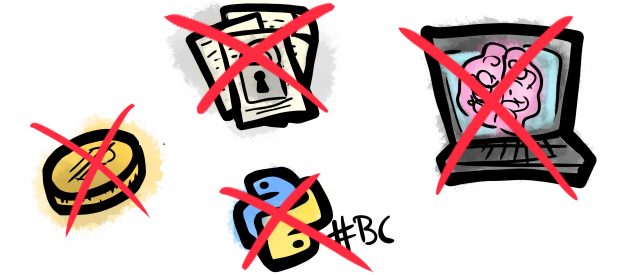The five keys to understanding what is the Blockchain
It is highly probable that you have heard the word ?Blockchain? during the last year. Even when we all tend to have a vague idea about what it is, the truth is that most of us could not explain why everybody talks about it in every innovation and technology forum.
This article summarizes the most important concepts to understand Blockchain so that you can participate in any conversation about this matter without getting lost in the first sentence. Actually, this article will give you all the information you need to start thinking in your own cases of use for Blockchain. You will learn what it is, and how it works.
1. WHAT IS NOT BLOCKCHAIN
Before describing the Blockchain, we will start clarifying what is NOT Blockchain. Many people misunderstand the terms and concepts, leading to typical mistakes like the followings:
- Blockchain is NOT a cryptocurrency.
?Blockchain is the tech. Bitcoin is merely the first mainstream manifestation of its potential.? ? Marc Kenigsberg.
- Blockchain is NOT a programming language.
- Blockchain is NOT a cryptographic codification.
- Blockchain is NOT an IA or Machine Learning technology.
- Blockchain is NOT a Python library or framework.

If you thought that Blockchain corresponds to one of the previous ideas, do not worry. You will soon understand why you were wrong.
2. THE BLOCKCHAIN: WHAT IS IT?
Blockchain is the name of a whole new technology. As the name states, it is a sequence of blocks or groups of transactions that are chained together and distributed among the users.
?The blockchain is an incorruptible digital ledger of economic transactions that can be programmed to record not just financial transactions but virtually everything of value.?? Don & Alex Tapscott.
In the end, it works as an immutable record of transactions that do not require to rely on an external authority to validate the authenticity and integrity of the data. Transactions are typically economic, but we can store any kind of information in the blocks.
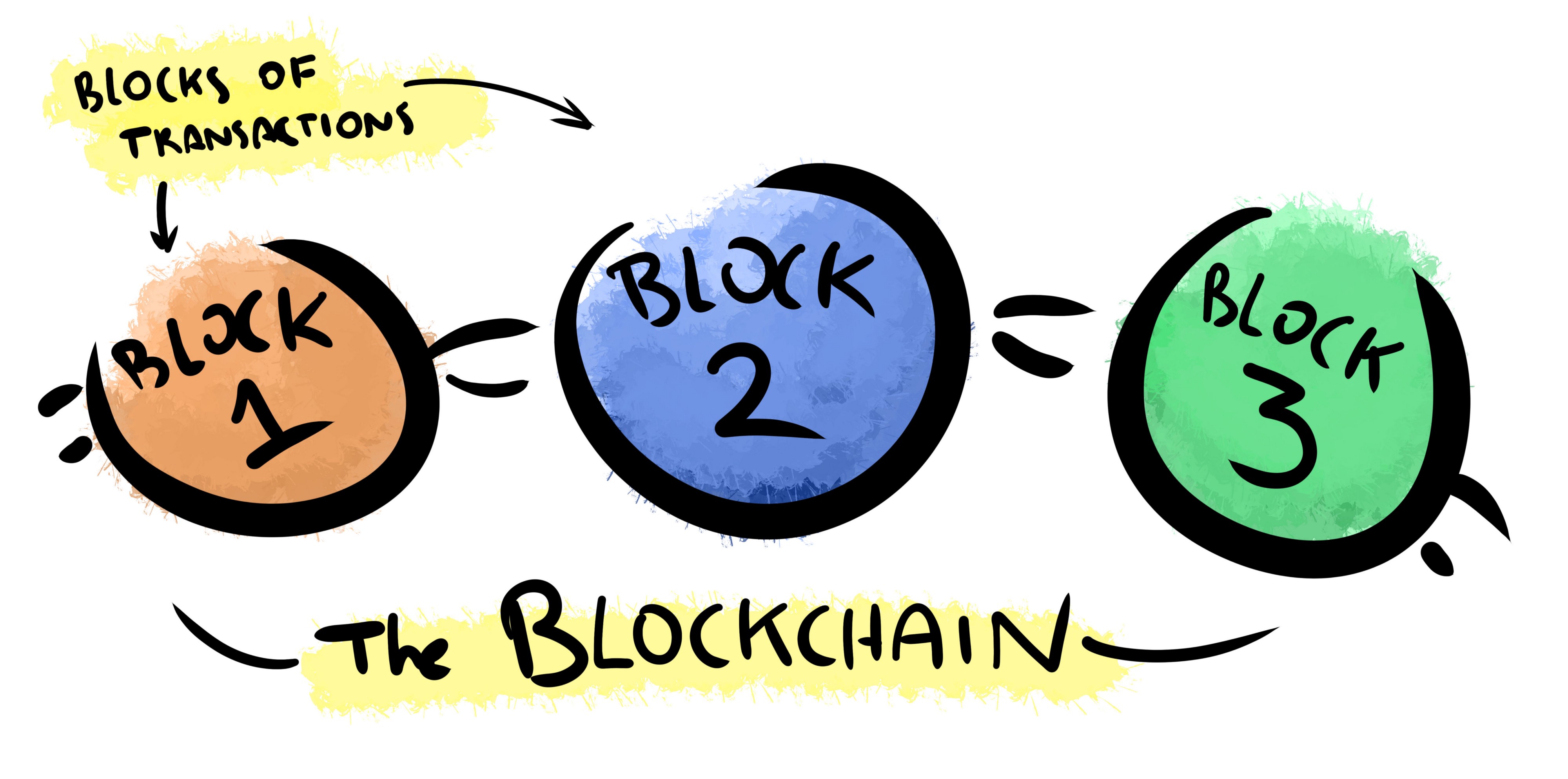
Even when we call it ?new technology?, its origins are accepted to date from 1991 when Scott and Stornetta published ?How to Time-Stamp a Digital Document? in the Journal of Cryptography. However, it is now when its popularity has increased thanks to the success of Bitcoin and other cryptocurrencies.
?Bitcoin: A Peer-to-Peer Electronic Cash System? was published by Satoshi Nakamoto back in 2009, and the value of the currency reached its highest historic maximum of $19,783.21 on Dec. 17, 2017. Since that moment, Blockchain has been in the scope of everybody.
3. THE BLOCKCHAIN: HOW DOES IT WORK?
The value of the Blockchain technology comes from the distributed security of the system. For this reason, there are several characteristics that are completely necessary for developing or using a Blockchain.
We describe the 5 key concepts that are the basis of the Blockchain technology as we know it up to the date, based on the SuperDataScience course for Blockchain:
- Cryptographic Hash
- Immutable Ledger
- P2P Network
- Consensus Protocol
- Block Validation or ?Mining?
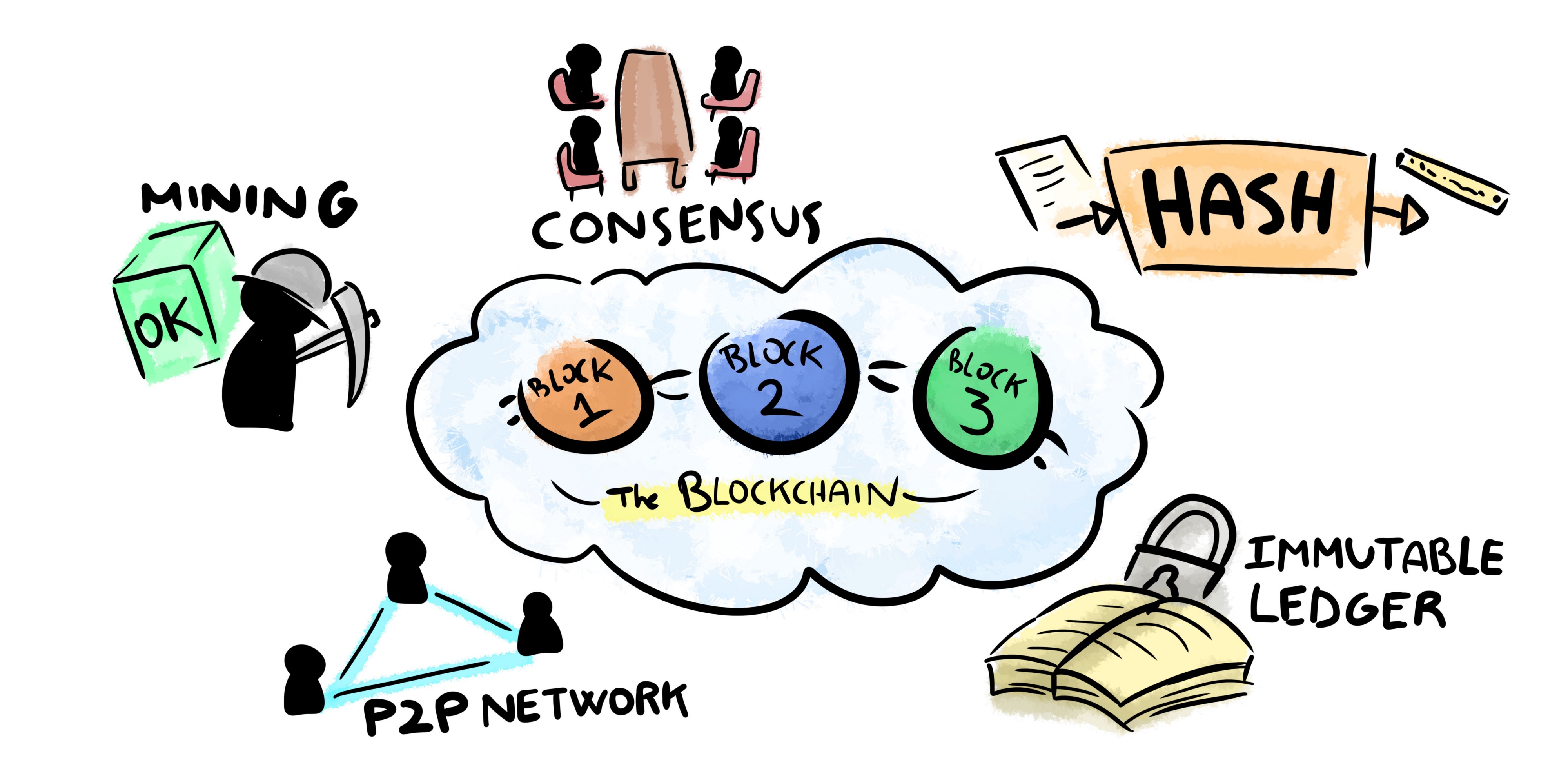 Five keys to understand Blockchain
Five keys to understand Blockchain
CRYPTOGRAPHIC HASH
A Hash is a cryptographic function that transforms any input data into a fixed-length string of numbers. Every single input of the hash function will produce a different output, and the result is deterministic: if you use the same input, the output value will be always the same.
One of the most important features of the Hash functions is that the conversion is one-way: you cannot reverse the function to generate the original input.
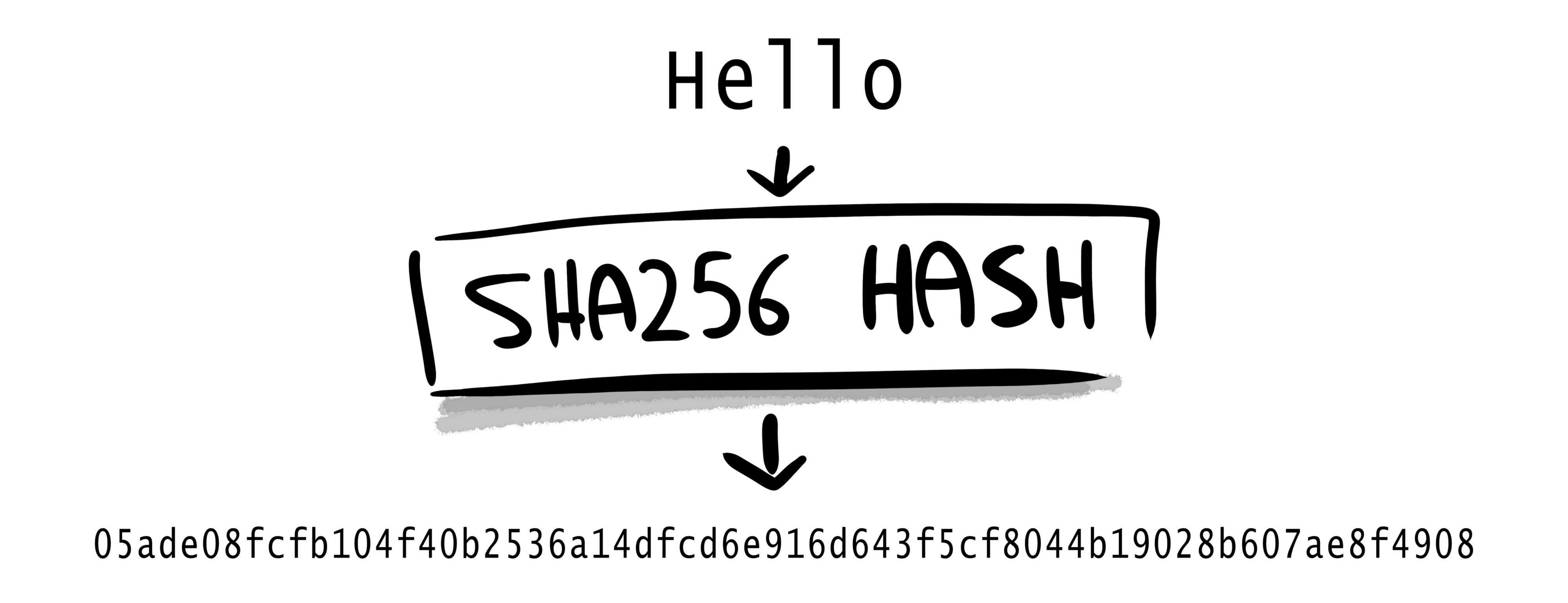 The Hash function generates a unique code from every different input
The Hash function generates a unique code from every different input
There are many algorithms to create different Hash variations. You can check how the SHA256 Hash algorithm works here. For every input, the algorithm generates a completely different output, and it is not possible to predict how will the input changes affect the output.
The Blockchain nodes use Hash functions to create a unique identifier of any block of transactions. Every block includes the Hash value of the previous block.
IMMUTABLE LEDGER
This feature is tightly related to the previous one. Since every block of the chain contains the Hash of the previous one, it is not possible to modify any block without changing the entire chain. Hence, the chain works as an immutable digital ledger.
Let us see an example. We have the following chain, in which every block has been hashed and the hash is included in the following one:

If an anonymous attacker removes, adds or modifies any transaction in the first block, the HASH#1 will change:

HASH#1 is included as a part of the contents in Block 2. Because of that, HASH#2 will change too, and the error will propagate to every block of the chain after the block under attack. The user will then declare the chain invalid.
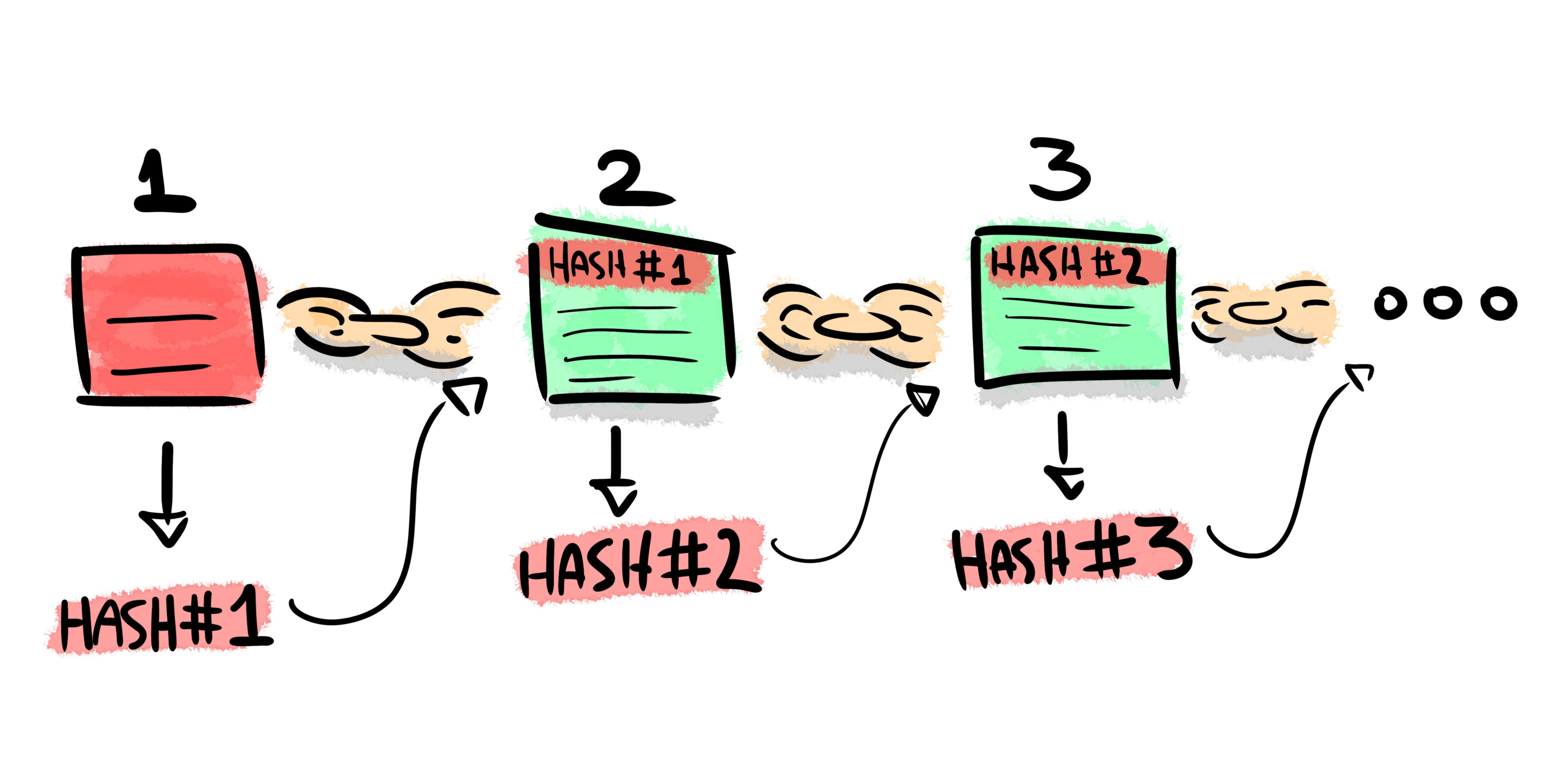
PEER-TO-PEER (P2P) NETWORK
The Blockchain does not need any external or internal trust authority. This is possible because the Blockchain data is distributed among all the users. Every user has its own copy of the transactions and hashed blocks, and they spread the information of any new transaction to the entire network. This way, it is not possible for anyone to alter the information in the chain since it is not stored by an individual entity but for an entire network of node users.
Once a block of transactions is validated, it is added to the chain and every user update their local information. Even if an attacker were to modify your local chain, the network will not accept any block from the altered blockchain.
CONSENSUS PROTOCOL
But what is the real blockchain? Users need to meet an agreement about the validity of the chain before adding more blocks.
Every time a node adds a new block, all the users have to validate the block by using a common protocol. Typically, the nodes reach a consensus about the correctness of a new block by Proof of Work or Proof of Stake methods.
The nodes check that the new block meets the requisites of their Proof method, including validation for all the transactions inside the block. If the block is valid, they consider it as a part of the Blockchain and keep adding new blocks.
 Every user has its own copy of the Blockchain, and they share any update with the other users
Every user has its own copy of the Blockchain, and they share any update with the other users
In the case that different users have different chains apparently valid, they will discard the shorter one and select the longest chain as the main Blockchain. As in any Byzantine Fault Torelance (BFT) system, they will meet an agreement about the correct chain while at least 2/3 of the total nodes are not malicious.
BLOCK VALIDATION OR ?MINING?
This feature is actually not completely necessary for a Blockchain, as we can see with examples like the CREDITS platform. However, is it probably one of the most famous facts about Blockchain thanks to the Bitcoin chain.
The term ?mining? refers to the act of meeting the Proof of Work requirements for adding a new block with pending transactions to the Blockchain. There are many different mining methods, as they are custom defined for the chain.
The PoW method usually requires the user to create a block with restrictions on its Hash code. Since the Hash code is unpredictable, the ?miners? have to test any possible combination before meeting the requirements. These restrictions define the difficulty of the network.
BITCOIN case study: applying basic Digital Signal Processing into financial data
A brief analysis of the knowledge that we can extract from financial historic data using simple DSP concepts.
medium.com
Once a ?miner? node finds the solution to the PoW problem, they add the block to the chain and every other node check the validity of the PoW according to their Consensus Protocol. If the block is legit, they will include it on their own local copies of the Blockchain.
3. CONCLUSIONS
The Blockchain technology is permanently evolving. However, we can find some key pillars to sustain the added value of this technology.

The Blockchain allows users to create a reliable and immutable system for recording any kind of transaction or information. There is no need for an external or internal authority: every user relies on the technology itself, following predefined rules to meet consensus and ensure the integrity and authenticity of the data.
The Internet changes: HTTP/3 will not use TCP anymore
QUIC is the protocol underlying the next version of HTTP
medium.com
Understanding Event-Driven Architectures (EDA): the paradigm of the future
What will EDA contribute to your digital business?
medium.com


This story is published in The Startup, Medium?s largest entrepreneurship publication followed by +394,714 people.
Subscribe to receive our top stories here.

